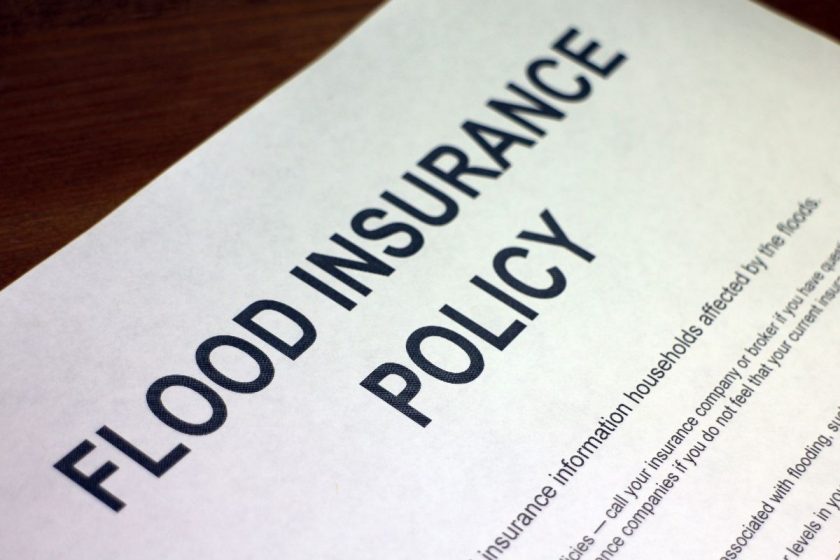Floods occur in every state in the United States.
Recent flooding in Colorado resulted in multiple fatalities and property damage estimated at more than two billion dollars. Amidst the tragedy there are reports that 10 to 25 percent of Colorado homes have separate flood insurance policies. Six percent of the 77,000 detached homes in oulder County had flood insurance, only 2.3 percent of El Paso County single-family homes (170,000) had insurance for floods, and only 1.5 percent of Larimer County’s 90,000 homes were covered against floods.
Flood insurance is an important type of coverage that homeowners who live in areas prone to flooding should consider. Many homeowners believe that flood insurance is part of their homeowner’s policy, but it is very important to understand that it is not. It may however, be required by your lender if you are buying a home in a flood zone. People also may believe that disaster relief aid from the Federal Emergency Management Agency (FEMA) will help out in times of disaster. FEMA can provide some relief but may not pay the full cost to rebuild a home destroyed in a flood.

What is Flood Insurance?
Flood insurance is a program that is managed federally through the National Flood Insurance Program (NFIP). The program was created by the National Flood Insurance Act of 1968. Managed by FEMA, the program was created after a series of floods occurred along the Mississippi River in the 1960s. When it was determined that financial loss from flooding was not a risk that was underwritten by private insurance companies, the federal government stepped in to provide funding for affected residents in areas prone to flooding.
In order for flood insurance to be available, a community must participate in the NFIP program. Participation includes the submission of regulations designed to reduce future flood damage for residents. FEMA maintains a list of those communities that participate in NFIP and makes that information available publicly for homeowners looking to purchase coverage.
What is Covered by Flood Insurance?
Flood insurance purchased through NFIP by a homeowner in a participating community provides a benefit that is an alternative to disaster relief assistance. The funds that a homeowner receives after a flood event can be used for costs associated with repair and rebuilding. These funds are separate from any disaster relief assistance for a community and are specifically for the needs of an affected policyholder whose home is damaged or destroyed in a flood.
The cost of flood insurance varies and is separate and distinct from a homeowner’s policy that does not cover losses incurred due to floods. The amount a homeowner can expect to pay will be based on certain risk factors, such as the likelihood that a flood will occur and the resulting severity of the flood. The average cost for a policy is $650 per year. In order to determine how much a policy will cost, a homeowner should discuss the coverage with a licensed insurance agent who is qualified to sell flood insurance policies.
Difference Between Flood Insurance and Federal Disaster Assistance
Communities covered by NFIP are those, as mentioned previously, that choose to participate in the program. Depending on the type of damage and property loss that occurs as a result of a flood, a local or state government may petition the Federal government to provide disaster relief assistance. Unlike flood insurance, which is a form of indemnity provided for the value of loss incurred and thus reimbursing a homeowner for their loss, the most common form of disaster assistance is given in the form of a loan, with the average award being around four thousand dollars.
This article was written by former insurance agent Sandy Meyer, who is happy to share her knowledge of insurance with you though blogging. Sandy know that there are many misconceptions about flood insurance. She also knows how devastating water extraction and flood restoration can be.

